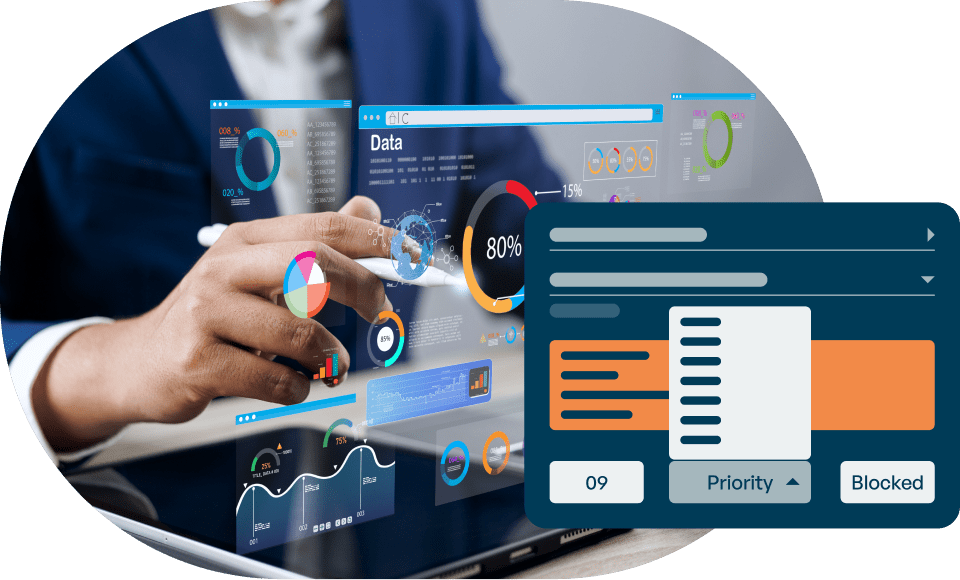
How Vendor Managed Inventory (VMI) Strengthens Supply Chain Resilience and Collaboration
To optimize inventory management, retailers and suppliers are increasingly turning to Vendor Managed Inventory (VMI) tools that transfer the responsibility…
Generix Ushers in a New Era of Intelligent Commerce for Retailers with AI-Driven Innovation Read the press release

When Google’s Workspace started gaining on their Office suite, Microsoft had to do something to reverse the tide. Seeing that Google’s software was only available as Software as a Service (SaaS), Microsoft elected to move its suite of applications to the web and create the cloud-based Office 365. Since then, Microsoft has been able to keep the competition at bay and solidify its share of the market
The morale of this story is rather clear: SaaS solutions are a game changer—and there’s no indication of that changing in the foreseeable future. Now, chances are your company has already made the switch to SaaS office software, so why are we telling you this? Well, what you may not know is that more and more SaaS solutions are available on the market that support and automate activities in warehouses, distribution centers, and processing facilities. Thanks to the Industrial Internet of Things (IIoT), COOs and operations managers can now leverage SaaS Warehouse Management Systems (WMS), ERP, MES, MRP, TMS, etc. in their unrelenting quest to improve efficiency and increase their margins.
In this paper, we take a quick look at some of the advantages a SaaS WMS solution affords distribution, retail, and manufacturing companies. Our main focus, however, will be on something that only a SaaS WMS makes possible: a fully remote WMS implementation—and this is not mere theory! Engineers at Generix Group North America have leveraged the advantages of a SaaS version of the SOLOCHAIN WMS to achieve a fully remote implementation at their client’s facility. As it turns out, there are benefits to that method that should interest companies looking to acquire a WMS. We’ll get to those in a moment.

To optimize inventory management, retailers and suppliers are increasingly turning to Vendor Managed Inventory (VMI) tools that transfer the responsibility…

In an ever-evolving logistics environment, agile and precise warehouse resource management is essential to remain competitive. With increasing volumes driven…

France’s electronic invoicing reform relies on a Y-architecture, where Partner Dematerialization Providers (PDPs) play a central role in issuing and…

Work with our team to build your ideal supply chain software stack and tailor it to your unique business needs.